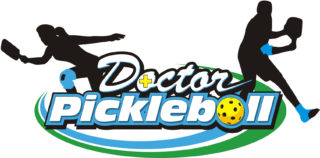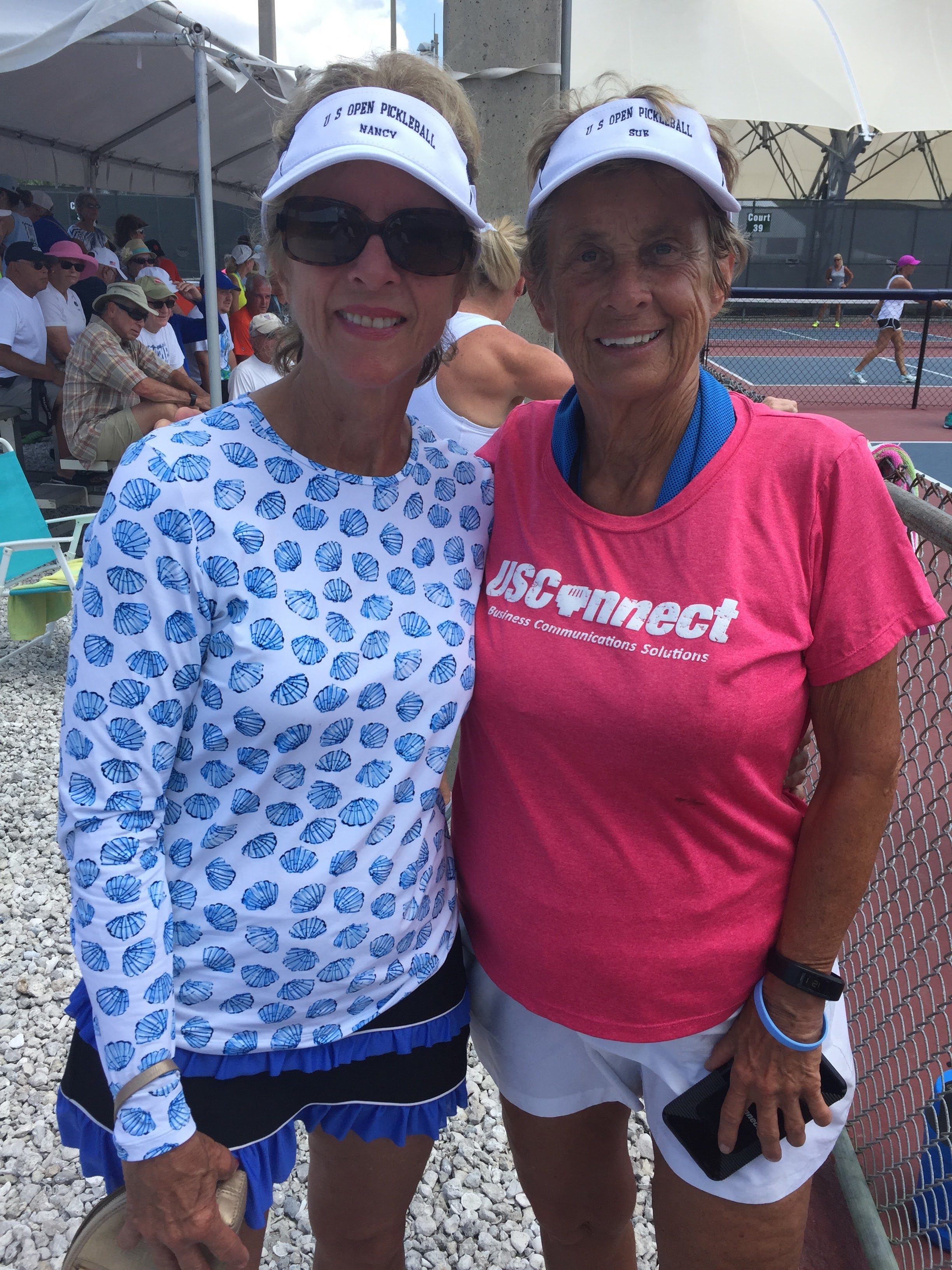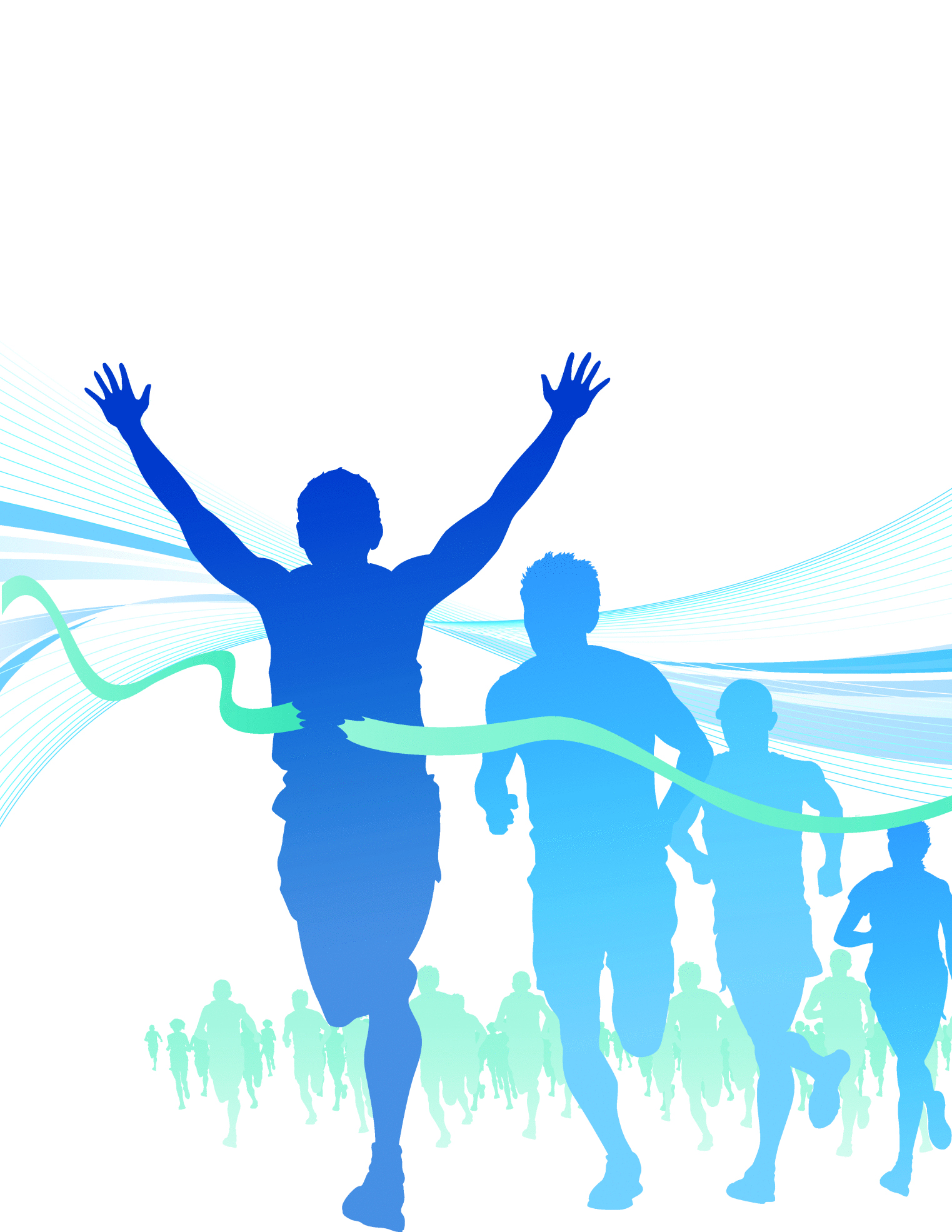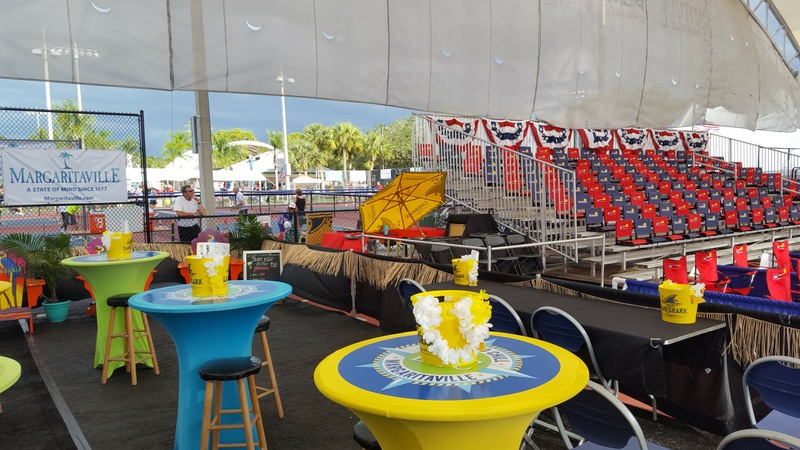Warming up–GET YOUR MOTOR RUNNING! (Thank you John Kay in “Born to be Wild”)
Before playing pickleball you should get your body moving but avoid passive stretches which can lead to injury. Think of doing things that will get the blood flowing to your muscles such as jogging in place or across the court (forwards and backwards), performing short lunges from the service line to the net and back, and performing jumping jacks. Don’t forget to actively move your upper body with gentle shoulder, elbow, and wrist range of motion. Develop a 5-7 minute routine that you feel comfortable with and stick to it every time you play. You want to implement what is commonly known as a dynamic warm-up. Most senior pickleball athletes do not warm up sufficiently and in a body that may already be a little stiff, we have redefined the term “risky behavior.” Warm-up now or see me later.
After the Pickleball Battles (or Skirmishes)
Lets face it after playing pickleball for 2 or 3 hours the last thing on your mind is anything that touches your aching body. I have enough trouble getting my stuff to my car and making it through the drive through at Wendy’s or enduring the long line at Whole Foods. A cool down program, however, is beneficial in preventing injury and improving muscle flexibility. This involves passive stretching for your back, hips, hamstrings, quads, and achilles as well as your upper extremities. Such stretching is particularly beneficial if you are playing in a tournament where there may be delays between matches or you are playing in multiple events on multiple days. A good resource for stretches is Noah Sariban at The Pickleball Doctor.
R-I-C-E and other Exotic Mnemonics
In some Pickleball circles there should be extra points awarded to the player who dons the most braces. Although bracing can be important mostly in the mature pickleball player, it is important to think about the reasons for wearing a brace based on the symptoms and conditions. If a player is recovering from an injury to the knee and cannot play without the use of a brace, that individual should likely not be playing, but initiating or continuing rehab . There is at times some concern that the use of a brace (especially knee and back braces) may result in some dependence and possible weakening of the area since the brace is taking over some of the support function of muscles and ligaments. Bracing for chronic conditions, however, can be an important part of keeping you playing every day
Most bracing for Seniors is done to provide an element of compression and support. There is always a trade-off between the constraint and support of a brace and comfort. Many a knee brace sits on the shelf or in the garbage because of poor fit or comfort. It is important to understand that there is no knee brace that will make an inherently unstable knee completely stable (chronic ACL injuries with laxity).





